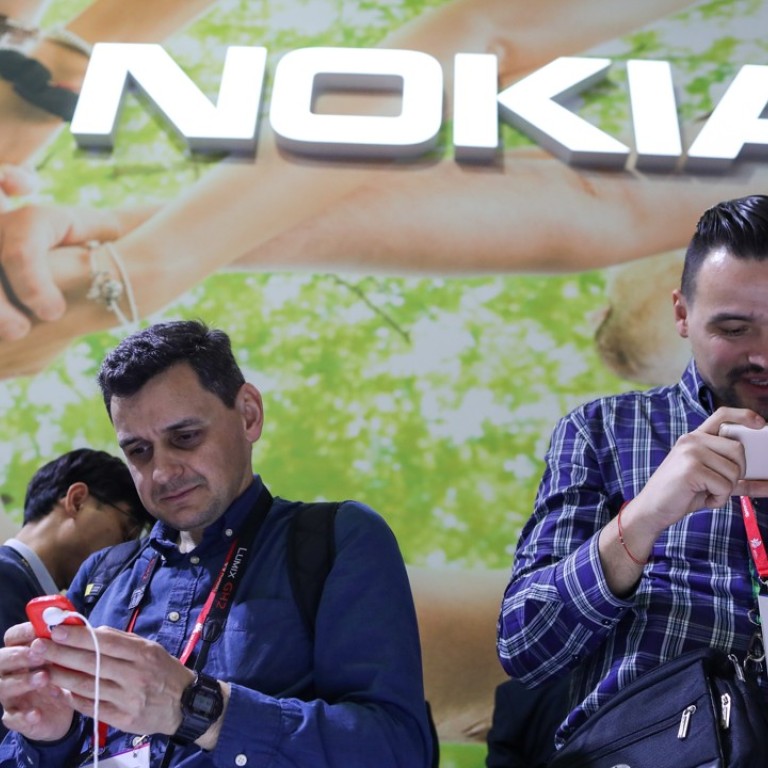
Remember Nokia? It’s planning a comeback in China, banking on fitness apps and virtual reality
Finnish company Nokia, once a dominant global player in mobile phones, is planning a strong comeback in China’s consumer electronics market as it seeks investment opportunities and the right partners to tap the digital health and virtual reality (VR) segments in the world’s second-largest economy.
Jimmy Zhong, general manager of Nokia Technologies (Beijing), told the South China Morning Post that the company is actively making preparations for a foray into the mainland market where Nokia is a highly recognisable brand.
He said that Nokia is considering localising production of its latest digital products.
“We are looking for opportunities to stage a strong comeback in the market,” he said. “We are not here to simply import Nokia products.”
Nokia Technologies is a unit of communications and information technology giant Nokia Oyj, which develops products for applications such as imaging, sensing and wireless connectivity.
The company set up its Chinese operations in Beijing last year in what Zhong described as a “key message” to local consumers that Nokia was determined to bring its namesake brand of mobile devices back to the market.

Last week, Nokia Technologies launched a portfolio of digital health products on the Chinese market, including Wi-fi connected scales, a blood pressure monitor and the Nokia Health Mate app that gives users a 360-degree view of their well-being.
Its Steel HR smartwatch that tracks physical activity and monitors the heart rate of users will hit the mainland market in autumn, priced from 1,900 yuan (US$280).
Julien de Preaumont, head of Asia marketing for Nokia Technologies’ digital health division, said the company would introduce more designs and expand the range of products to target a wider range of customers.
We are looking for opportunities to stage a strong comeback in the market
“We look forward to bringing Chinese customers a dynamic digital health experience that is powerful and engaging,” he said, adding that Nokia products currently fall into the category of “upmarket”.
Zhong said Nokia Technologies also hopes to secure a strong foothold in the virtual reality (VR) segment, one of the bright spots in China’s fast-growing IT market.
“We are highly bullish on the segment too,” he said. “Studies on how to explore the market potential are being conducted.”
A recent survey by CTR Market Research showed that 19 per cent of Chinese consumers planned to buy a VR wearable device within six months, four percentage points higher than late 2016.
Nokia mobile phones captured about a 40 per cent share of the global mainland market in the early 2000s, but the brand was later overshadowed by competitors such as Apple and Samsung as it missed the shift to smartphones.
HMD Global, a Finnish company affiliated with Nokia, now develops and markets smartphones and feature phones under the Nokia brand.
In January, the company launched the 1,699 yuan Nokia 6, the first new smartphone under the Finnish brand in China since 2014, which received 230,000 pre-orders in the first 24 hours.
Analysts said the Nokia brand would still be able to strike a chord with Chinese consumers, but the company would face fierce market competition since nearly all international and home-grown players were salivating over the potential of the world’s most populated nation.

